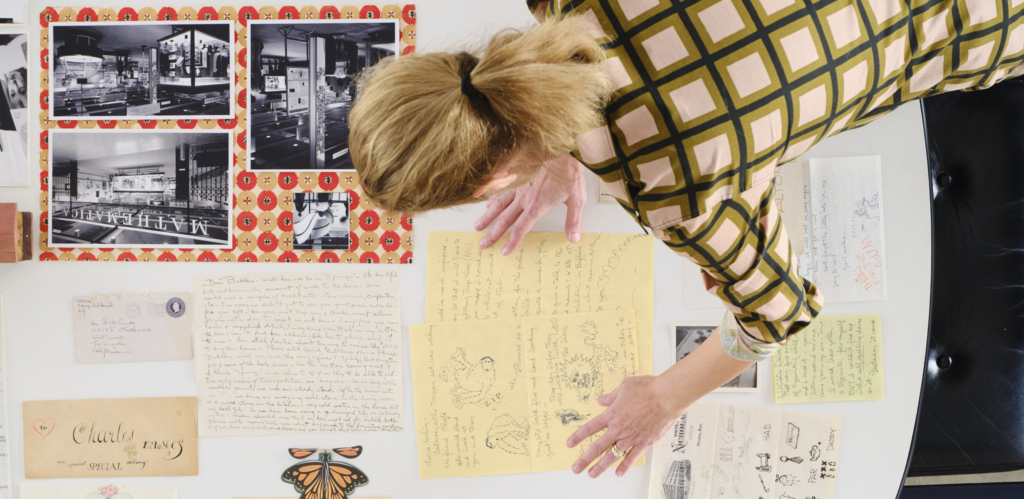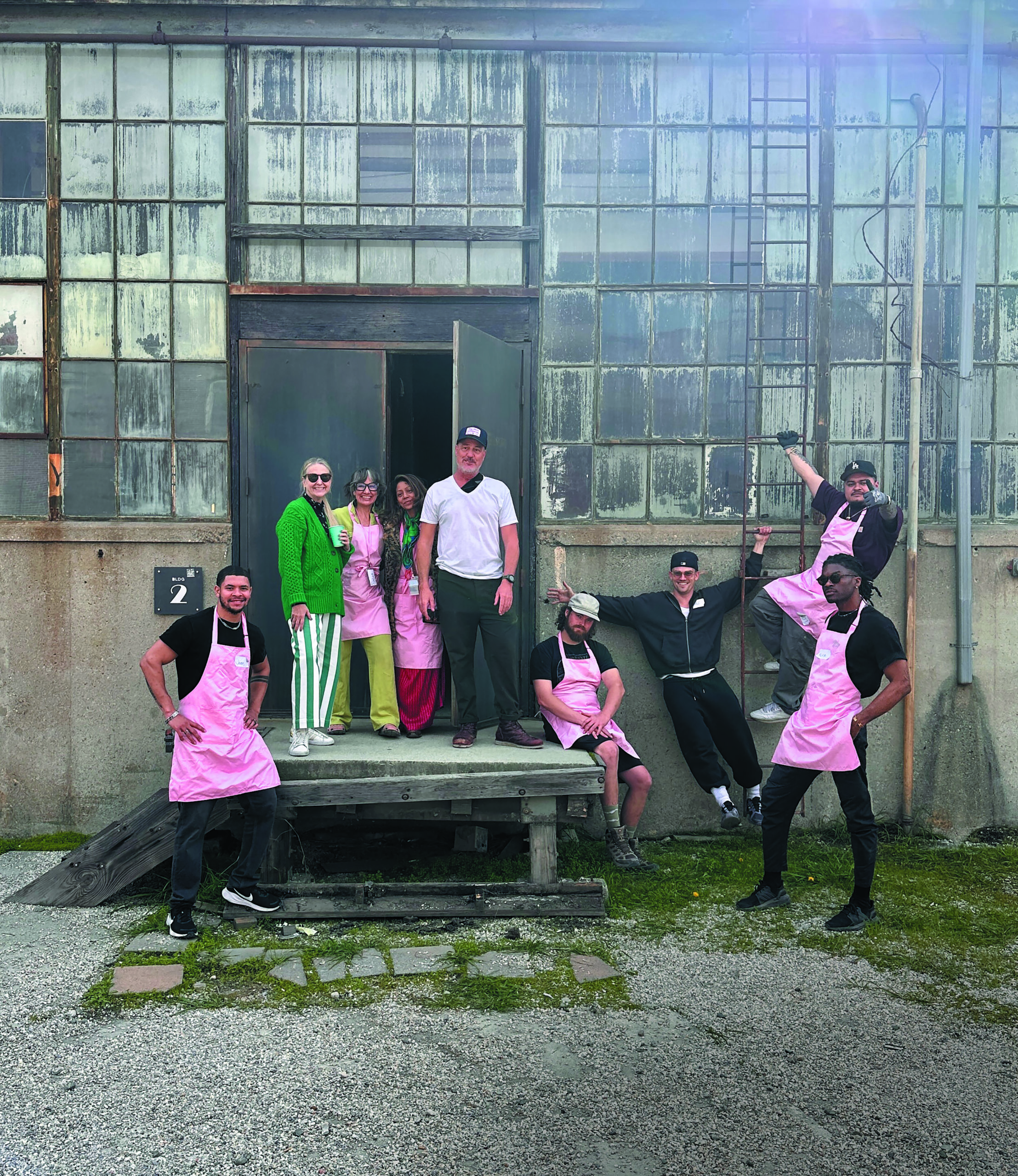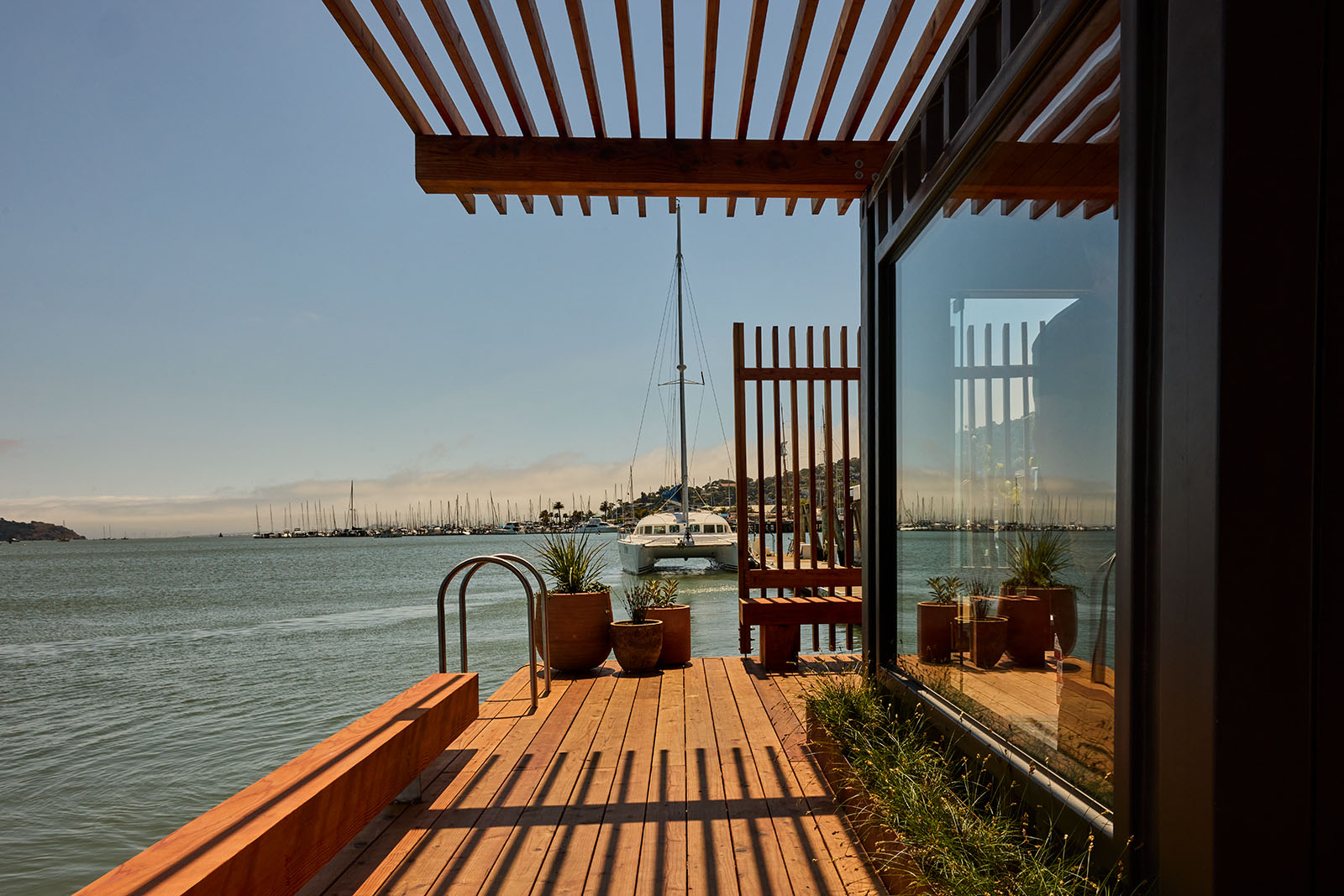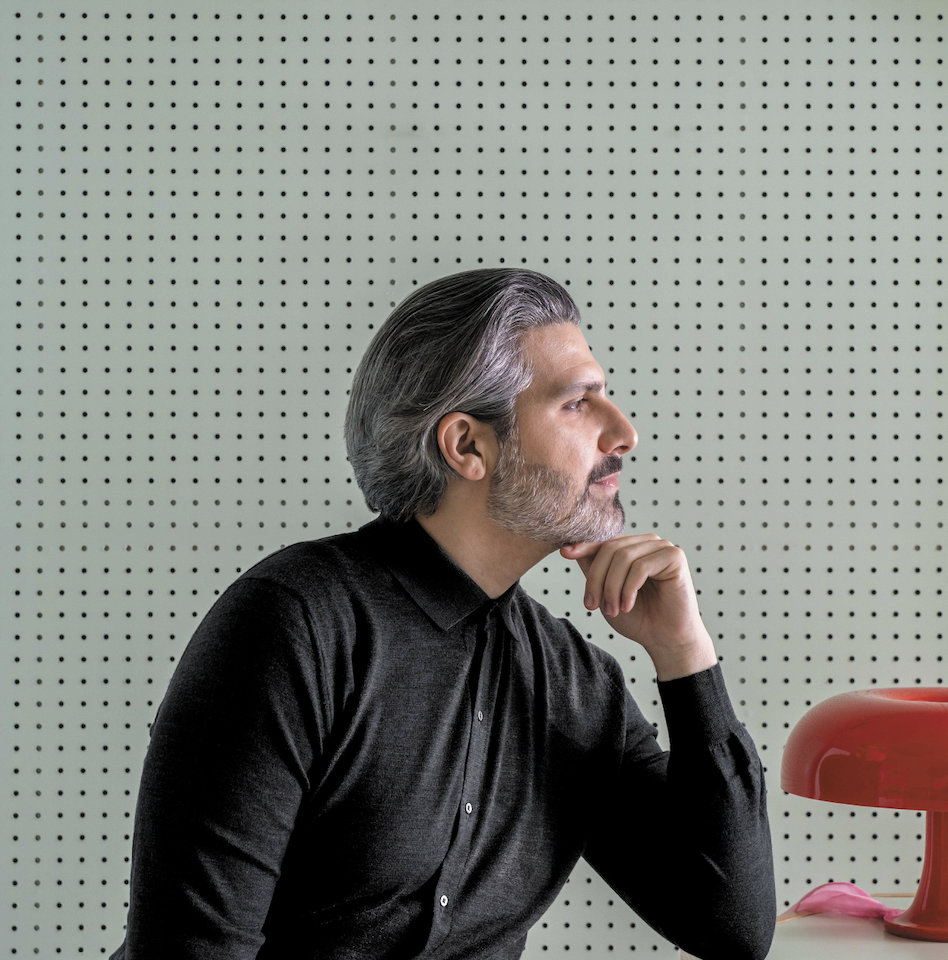15 Minutes with Llisa Demetrios
Author:Lindsey ShookAs the youngest granddaughter of Ray and Charles Eames, maker Llisa Demetrios learned a thing or two about the world through their prolific design lens. Now serving as chief curator at the Eames Institute, she has dedicated her life to preserving their body of work and continuing their conversations for generations to follow. Here, she shares fond memories and key learnings from her iconic grandparents.
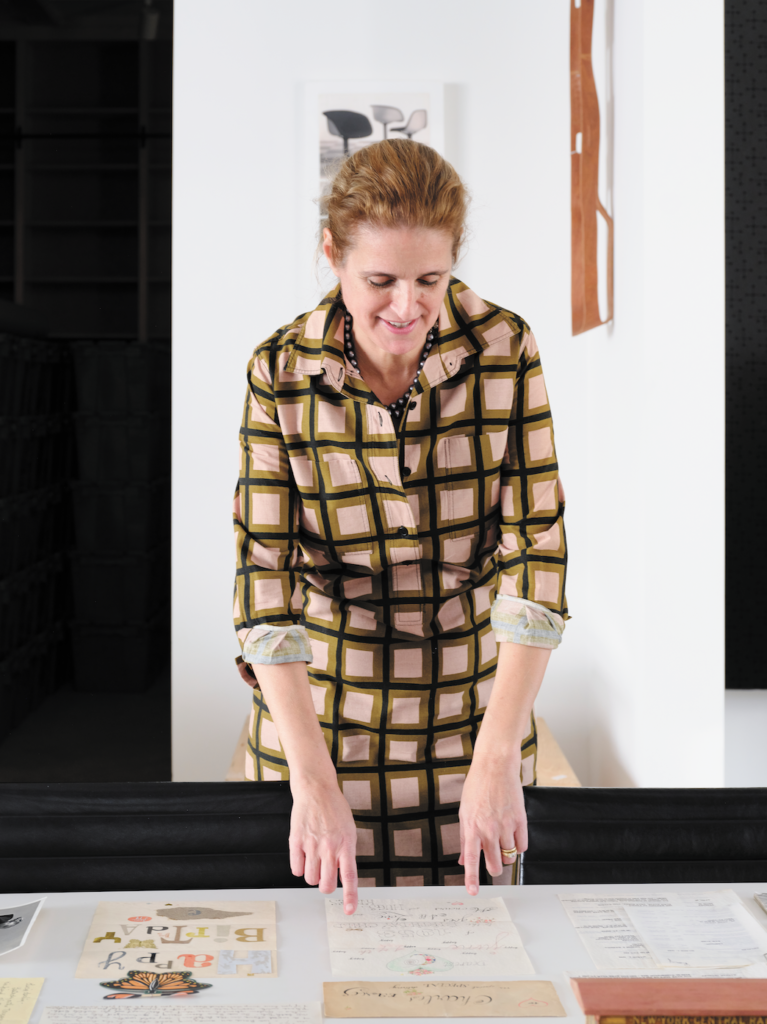
-Your grandparents’ body of work is transcendent. Is it challenging to be a steward of their legacy? My grandfather used to say that just because you know how a rainbow works doesn’t take away from the magic. Getting to understand not just what my grandparents designed but also how they made it has become an ongoing, incredible journey of learning and inspiration for me. As prolific and amazing as my grandparents were as designers, they were even more amazing as grandparents. They shared whatever they were working on. I loved dropping marbles into the musical tower, having picnics and watching films like the Mathematics Peep Shows and Powers of Ten at the Eames Office when I was growing up.
The overarching mission of the Eames Institute of Infinite Curiosity is to unpack the way that Ray and Charles worked, the way they infused their designs and lives with curiosity and discovery at every turn. The collection reflects a lifetime of learning by Ray and Charles through their prototypes, graphics, scale models and furniture. And we are using it to understand how they approached and solved problems in order to help solve the challenges that we are all facing today.
–How important is historic preservation to the institute’s mission? The Eames Institute aspires to be a home for curious problem solvers, both online and on land. We are currently working to fully document and preserve the collection while also making it publicly accessible through exhibitions and our website. Behind the scenes, we’re archiving, cataloging and conserving our collections to ensure they are around and accessible for generations to come. We’re also codifying the “lessons” of Ray and Charles, bringing them to life through an array of programming. And finally, we’re designing and creating physical spaces for people to experience the Eameses’ work and lessons in contemporary settings.
The Eames Collection offers a window into their extraordinary partnership and encapsulates their expansive interests and unique methodology. Our original estimate for the size of the Eames Collection was around 20,000 objects. But as we inventory the archival material, it will probably be significantly higher—closer to 40,000 to 50,000 items. We have countless exceedingly tiny objects; paintings by both Ray and Charles; hundreds of posters; hundreds of chairs and prototypes; family correspondence; and a 22,000 hydraulic press that was among the last to make the original Eames fiberglass chairs. In this digital age, the analog has become even more important.
-What is your favorite memory of your grandparents? One of the most remarkable things I learned from my grandparents is also one of my earliest memories of spending time with them. We had gone out to dinner near their office in Venice, California, where we had had some borscht.
As we walked back, Charles asked me what I had thought of dinner. I was about 8 years old at the time and I said firmly that I didn’t like it very much. Without missing a beat, Charles turned to me and asked how I would have done things differently. I was surprised. I realized that if I complained then I needed to have a better way of doing something. Charles asked if I knew what the ingredients were in the soup and I said no. He explained and we talked about beets, potatoes and onions and what other foods could be made with those ingredients. As we talked about constraints, I looked at the borscht served at dinner in a whole new way. It was a valuable design lesson and an unforgettable life lesson.
-What is one change you wish to see in the global design industry? Design needs to have a seat at every table, from the dinner table to the conference table, as the challenges that we face today scale up. Today nothing is produced in a void. The global design industry needs to think more in terms of how “eventually, everything connects,” as my grandfather used to say, and think more in terms of interconnectedness at different scales and understand how those systems relate to each other.


